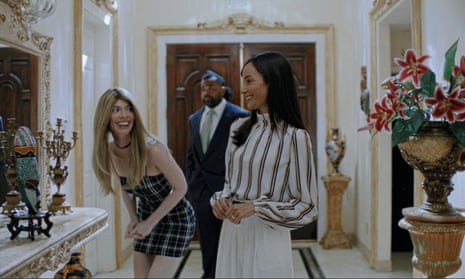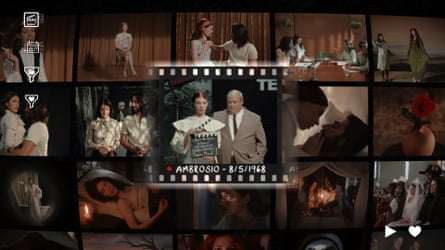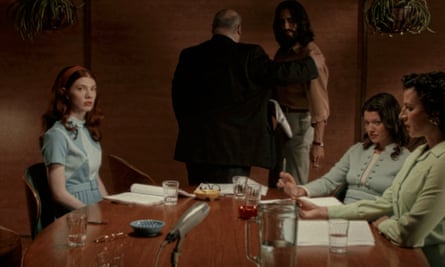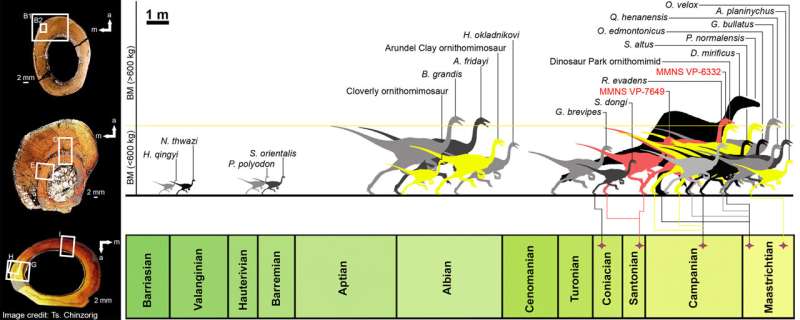OTTAWA — Federal regulations aimed at capping the number of handguns in Canada took effect Friday amid concerns from firearm-control advocates that MPs will weaken the effect through changes to accompanying legislation.

In May, the Liberals announced a plan to implement a freeze on importing, buying, selling or otherwise transferring handguns in order to help stem firearm-related violence.
At the time, the government tabled regulatory amendments in both the House of Commons and the Senate.
Prime Minister Justin Trudeau and Public Safety Minister Marco Mendicino held a news conference in the Vancouver area Friday to announce the regulations had come into effect.
A temporary ban on the importation of handguns into Canada that kicked in Aug. 19 remains in place.
"We have frozen the market for handguns in this country," Trudeau said Friday. "This is one of the strongest actions we've taken on gun violence in a generation."
Trudeau and Mendicino were flanked by Eileen Mohan, whose son Christopher was fatally shot in 2007. She praised the government for ushering in the handgun freeze.
"Today, the Liberal government has chosen life over death," Mohan said.
Accompanying legislative measures that would reinforce the freeze have yet to be approved by Parliament.
The legislation would allow elite sport shooters to continue to buy handguns — an exemption some want expanded to include a wider range of recreational shooters.
The government says the exemption applies to about 8,000 athletes, a number that could rise significantly if it is broadened.
Wes Winkel, president of the Canadian Sporting Arms and Ammunition Association, told the House of Commons public safety committee this week that other competition shooters should be exempted from the proposed legislative provisions.
He suggested that should include participants in international competitions organized by the Single Action Shooting Society, the International Practical Shooting Confederation and the International Defensive Pistol Association.
Gun-control group PolySeSouvient said in a written brief to the committee that the exemption should be limited to current athletes that compete, train or coach in an Olympic or Paralympic discipline involving handguns in order to prevent "a future scenario which would render the freeze on new handguns meaningless."
Asked about possible new exemptions, Trudeau said it would "surprise me" if the Bloc Québécois and NDP members of the Commons committee would move to water down the provisions in the bill.
Justice Minister David Lametti, speaking in Montreal on Friday, criticized any effort to ease the handgun freeze.
"It is worrisome and even shocking to see an attempt of reducing the extent of this bill and giving more space to handguns," Lametti said in French, adding the goal is to shrink "the number of handguns in our streets."
Conservative public safety critic Raquel Dancho said Friday the fact the Liberals' handgun freeze is taking effect while a parliamentary committee studies the accompanying legislation "shows they're not serious about consulting experts."
"We are in the midst of an extensive committee study into their current legislation on gun control and we are hearing from experts across the country that there is clearly a division on what experts believe should be done about firearms."
The Liberals are politicizing the issue and the freeze will not reduce gun violence, she added.
The Conservatives believe the millions the government will spend to advance its gun control agenda would be better used to bolster security at the border to prevent the illegal smuggling of firearms and provide more resources to police, Dancho said.
Trudeau said the government is strengthening the borders and giving law enforcement tools and resources to stop gun smuggling.
The federal firearms bill would also increase maximum penalties for gun smuggling and trafficking to 14 years from 10, as well as allow for the automatic removal of gun licences from people committing domestic violence or engaged in criminal harassment, such as stalking.
Two years ago, the government announced a ban on over 1,500 models and variants of what it considers assault-style firearms such as the AR-15. The Liberals plan a mandatory buyback program to offer compensation to affected owners and businesses.
This report by The Canadian Press was first published Oct. 21, 2022.
— With files from Lee Berthiaume and Stephanie Taylor
Jim Bronskill, The Canadian Press


















